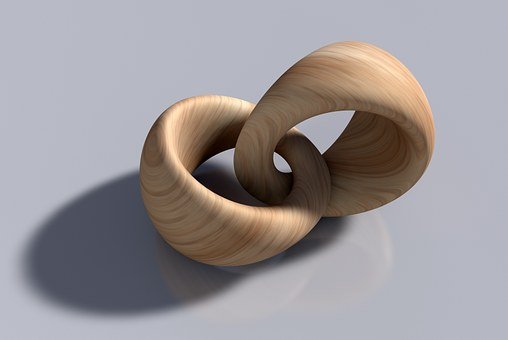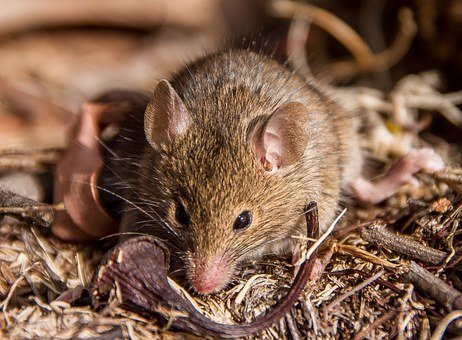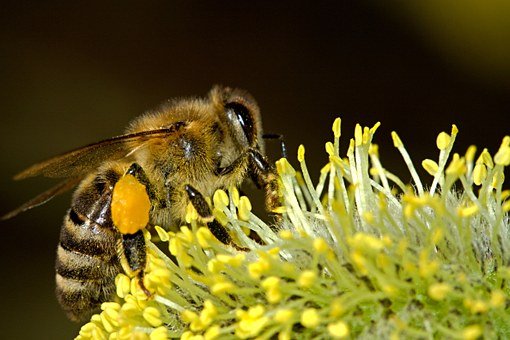There are two kinds of animals here on earth. Those that are blessed by nature with the privilege of continuous breeding throughout their life time and those that breeds once in a life time. Semelparous is the name given to those animals that are privileged to mate once in their life time. Examples of Semelparous animals include antehinus and drone (bee), amongst many.

Antechinuses are endowed by nature with brusque-hair and have varieties of colors, which ranges from black, brown, cinnamon and grey. They are small, shrew-like, carnivorous animals with a total body length (nose to tail) of 8-12cm and a total body weight of 0.016-0.17Kg. Some seek their food only on ground, while others seek theirs by climbing trees. They live primarily in swamps, tropical, forest and rainforest (temperate) environments. Their breeding starts during periods of food scarcity (August-September). For the male to accomplish the task of achieving success during mating with the female in spite of the intense competition, they forego long-term survival abilities for short-term gain (breeding success) by denying their bodies of essential proteins and weakening their immune system. The male antechinuses produces great amount of testosterone and engages in prolong copulation during the breading season, but dies thereafter at the end of the breeding season due to exhaustion.

Additionally, drone is another animal with this distinctive pattern of life (semelparous). A male bee is referred to as a drone. They have larger eyes and body sizes compared to those of workers bees and queens. During spring, a colony starts to rear drones, and attain its peak in terms of population in the late spring and early summer. Drones have a life span of about 90 days. Drones neither possess stingers nor collect pollen/nectar, but have one sole purpose, which is to mate with an unimpregnated queen. Its mating takes place most times in or around drone congregated areas. The mating of a drone with a queen from the same hive results to spotty-brood-behavior of the queen, which produces a drone afterwards. Their mating process is quiet stressful, because it occurs while there are on flight, which explains why drones possess big eyes for better vision. After successful mating processes, drones dies off, because their reproductive organs (penis) and abdominal tissues are pulled off from their bodies. The dead drones are discharged from the hives during autumn by workers and fresh drones emerge during the next mating season.

Finally, whether an animal is semelparous or not, the fact remains that Mother Nature has blessed mankind with abundant lessons to be learnt from creatures around us. And one of these lessons is, imagine for instance, we as human to be semelparous in nature, I believed each and every one of us will cherish our relationships with other, live each day filled with purpose and vigor and disregard anything that wastes time.

Don't forget to follow @henroo84 and resteem these posts if you like them. The content and conversations could be valuable to someone else, even if you don't know that person.
Wishing you all the best!
Congratulations! This post has been upvoted from the communal account, @minnowsupport, by henroo84 from the Minnow Support Project. It's a witness project run by aggroed, ausbitbank, teamsteem, someguy123, neoxian, followbtcnews, and netuoso. The goal is to help Steemit grow by supporting Minnows. Please find us at the Peace, Abundance, and Liberty Network (PALnet) Discord Channel. It's a completely public and open space to all members of the Steemit community who voluntarily choose to be there.
If you would like to delegate to the Minnow Support Project you can do so by clicking on the following links: 50SP, 100SP, 250SP, 500SP, 1000SP, 5000SP.
Be sure to leave at least 50SP undelegated on your account.
Hello @henroo84, I would like to share with you some advice so you can improve your future STEM articles.
I hope these words can be useful for you and encourage you!
Cheers!
Ok! Thanks for the information! i really appreciate!